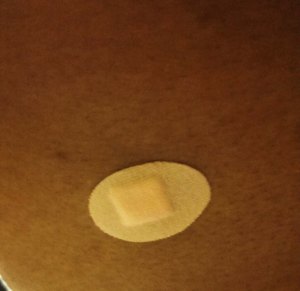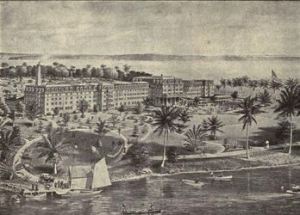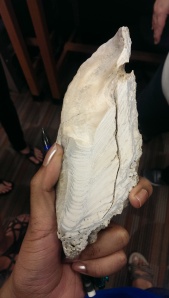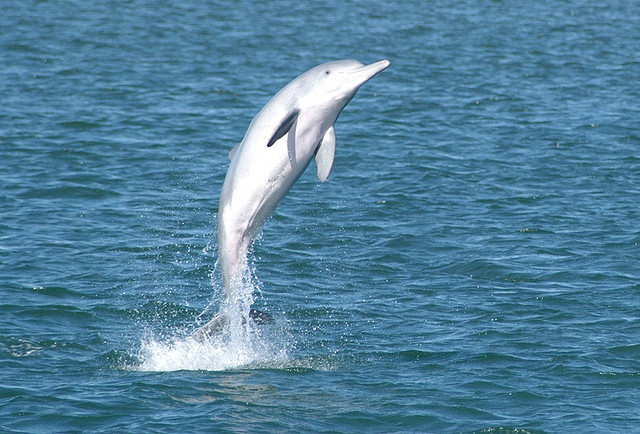By: Michelle Watson
I remember when I first heard about this class. There were flyers posted all over the 2nd floor of Hodges like a “coming to you this fall,” kind of a flyer. I didn’t really know what all it would entail. I hoped that the class would be about marine life in some form or fashion. Being a person who originally wanted to be a marine biologist, I was hoping that if there was a class that put the coastal environment and writing together that there would be some discussion about marine biology. I did get some of that, but I also got more.
I think that out of all of my classes this semester I probably learned the most from this class. And I’m not just saying that! In some of my other journalism classes I felt that there was an assumption that everyone in the class knew anything and everything that there was to know about journalism. But in this class, I found that there was a lot more to writing than just being a journalist. Science communication might be about one of the hardest jobs out there. Most journalists’ brains are wired in a way that completely rejects understanding anything that math or science based. Journalists that are able to understand hard science and communicate well are rare.
There were somethings in this class that I found to be very influential on the way I view journalism as a whole but there were three things that I really think I’m going to take on to the next phase of my journalism career.
- Framing: I don’t know why the concept of framing is not taught in other journalism classes. I think it’s a great way to get stories across to people that you might not be able to reach in the typical “Type A” news story. I think it’s cool that you can change your story to make someone else understand it and accept your ideas. On the other hand I think it’s important to know that not every person receives information in the same way. Knowing what audience you’re talking to and how they understand information is crucial.
- Coastal Restoration and Restoration Authority aka CPRA: Being an out of state student, I usually don’t know about news that is central to Louisiana. Either I don’t hear about it or I simply don’t care. When we had our guest speaker Chuck Perrodin come in and talk about Louisiana’s diminishing coast I was shocked. While other people might have heard about Louisiana losing it’s coast, I had never heard of it before and was surprised. When Perrodin compared the amount of land that Louisiana was losing to the city of New York, it made sense. Ever since learning about this, I feel like I have become some sort of advocate for restoring the coast. I’m not sure what one little journalist can do, but I think it’s important that people know about the issue.
- Scientists truly care about their work and how it’s represented: Shadowing the scientist really helped me know about how much scientists care. My interview with scientists throughout the semester showed me that scientists care – and they care a lot about what they do even if it may seem boring to everyone else. They love the work they do so much so that it hurts when people don’t understand the information, or when it’s misrepresented. One of the scientists I interviewed this semester got so emotional that they cried. I’ve never had anyone cry in an interview before. As a journalist, I had to take a step back and realize that they were crying because they cared. In that moment, I realized just how important science communication is and how important it is to get it right.
These are just a few of the things I learned from this class. I’m glad I took the class and I think for any person that wants to be a better writer, journalist, policy maker, scientist, or just an overall better communicator would benefit from taking this class.









